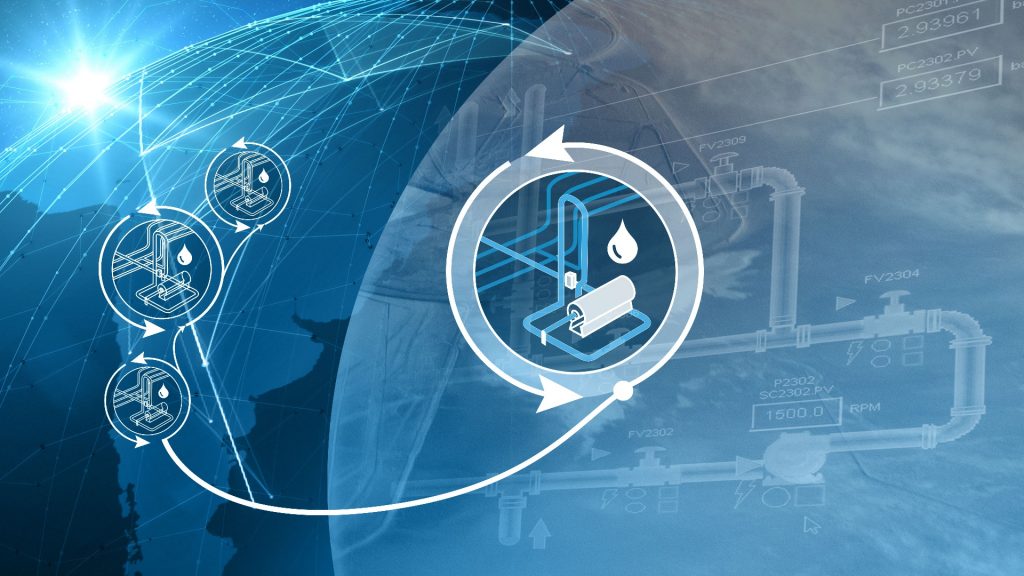In Part 3 of this transformation story, Mina Vieja confirmed that the geology of the salar field they wanted to lease from the Chilean government was suitable for their proposed sustainable lithium extraction process, and proved that they could consistently produce enough high-quality lithium to meet customer demand for their ready-to-use electrolyte product.

Design for Operation
With regulators, investors, and the local community now firmly behind the project, the company took the next step in its transformation from coal mining to lithium processing and re-named itself LithaNova.
Now, LithaNova needed to design their new, sustainable lithium processing plant as quickly as possible. “The worldwide energy landscape continues to evolve very quickly,” said general manager Claude Gonzalez, “and demand for lithium is skyrocketing, which is great for our new business model. However, it can take a very long time to build a new plant, and we wanted to get our electrolyte product to market before other, similar products arrived to gain a competitive edge. So speedy design was essential, but we also knew that, with demand for lithium growing so fast, we might need to start producing more than one salar field or one plant could handle –– not easy for a smallish company like ours, new to this type of mining operation.”
Issue 1: No room for mistakes
LithaNova wanted a requirement-compliant, fully commissioned system design, ready to be operated, with a complete set of validated control systems and strategies. “Many mining companies regularly design, construct, commission, and maintain new facilities,” said Claude, “and we had done it for our coal mining operations, but had no experience in building lithium processing plants. We couldn’t afford mistakes –– it costs too much to fix them once a plant is in operation. We needed to design the plant correctly the first time.”
Issue 2: Ability to scale up if and when necessary
To be prepared for increasing lithium demand, “we also wanted a design that we could replicate as and when needed to build new lithium extraction facilities quickly and efficiently,” said Claude. “The ability to scale up fast would keep us at the front of the market.”
Issue 3: Enough flexibility to handle changing regulations and requirements
“Environmental regulations and other requirements, such as operator health and safety directives, can and do change,” said Claude. “Changing consumer interests can also create new or different requirements. For example, battery consumers are beginning to demand an easy way to track the carbon footprint of lithium all the way along the supply chain, starting with how much carbon was emitted during extraction and processing. Flexibility to meet new or changing requirements –– like making carbon emission data visible to consumers –– had to be built into the design process to ensure we could deliver a fully compliant and efficient design while remaining on-time and on-budget.”
How they did it
Setting up a collaborative community
Claude set up a community on Dassault Systèmes’ 3DEXPERIENCE Platform for a plant design team that included a system designer/engineer, a system manager, and a project planner/manager. The team then used this central platform to collaboratively decide on the system design KPIs, and for internal and external design data storage, project control/execution, and engineering.
“The ability to seamlessly work together, while employing a variety of Dassault Systèmes solutions designed specifically for engineering and construction, helped the design team execute the project efficiently, with very few snags,” said Claude.
Employing model-based systems engineering (MBSE)
The LithaNova design team decided from the outset to employ a model-based systems engineering (MBSE) approach. The International Council on Systems Engineering defines MBSE as “the formalized application of modeling to support system requirements, design, analysis, verification and validation activities beginning in the conceptual design phase and continuing throughout development and later life cycle phases.”
Continue reading the full exclusive article in the Sustainable Mining Network community
